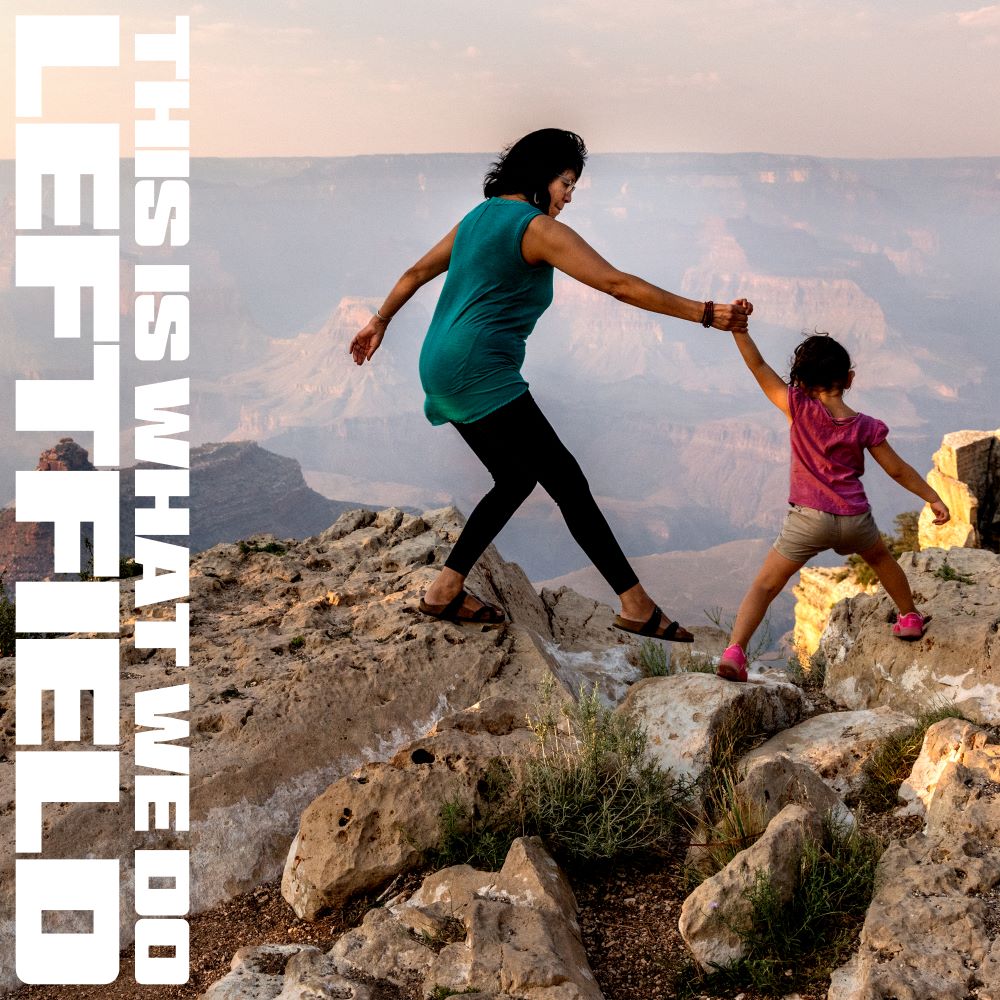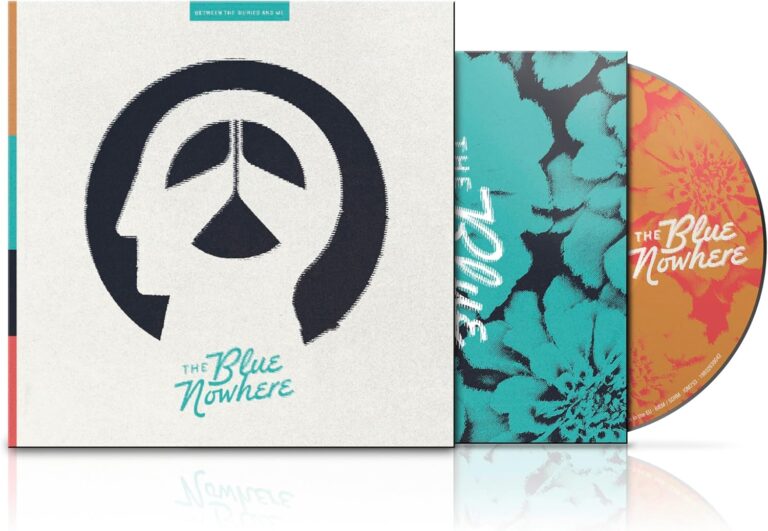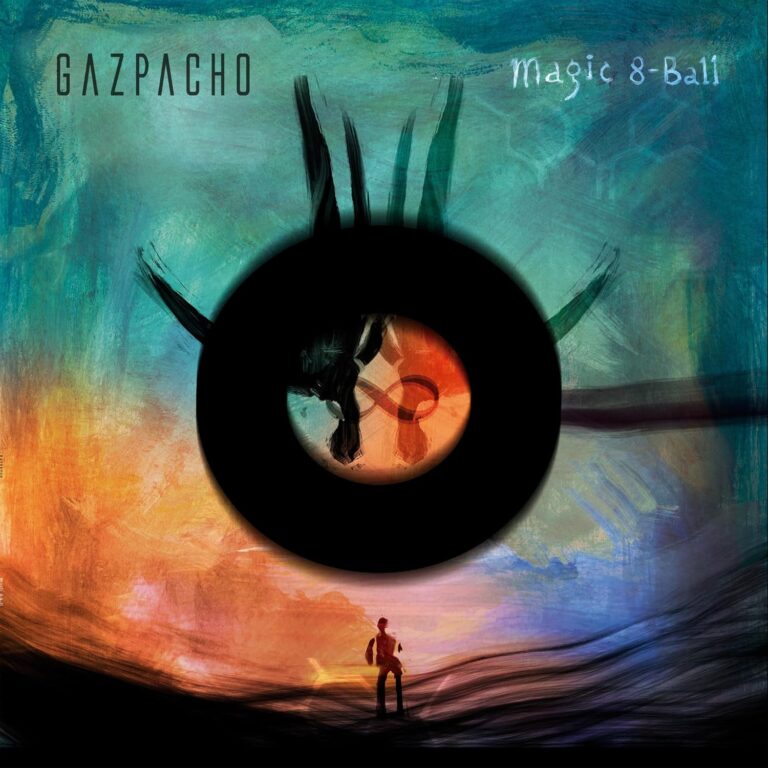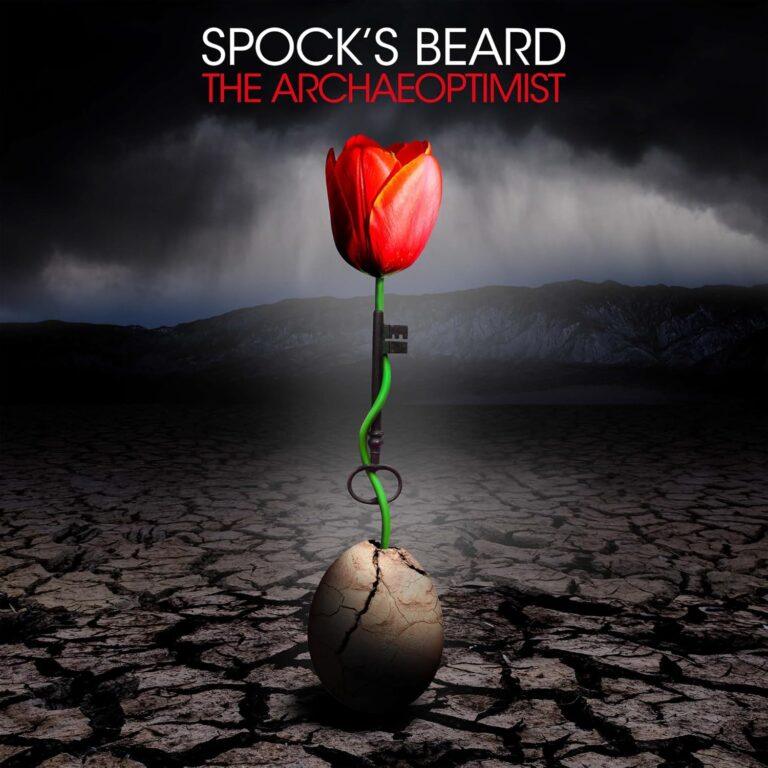
Hardly an act that might be termed prolific, Leftfield have carved out an extraordinary career given that they have released just four albums in twenty-seven years. That one of those albums is the monstrously influential Leftism helps, of course; as does the fact that its follow-up (released a mere four years later), Rhythm And Stealth, shot to number one on the back of its predecessor and the support of a Guinness advert. No one expected, of course, that it would be some sixteen years before Leftfield would appear again (the odd remix album and greatest hits compilation notwithstanding), or that, when they did resurface, it would be without founding member Paul Daley. Seemingly ignoring any potential turbulence, Neil Barnes simply recruited Adam Wren, alongside a revolving cast of musicians, and released the impressive Alternative Light Source, to no small amount of acclaim. Now back with their fourth effort, simply entitled This Is What We Do, Leftfield once more offer up a wonderfully eclectic set that focuses on the humanity and positivity that defined Leftism, with life-affirming results.
Opening with the aptly-titled This Is What We Do, Leftfield cleverly demonstrate just how timeless is their core appeal. A track that could just as easily be a product of those halcyon days around Leftism as it is a contemporary piece, it neatly summarises the band’s oeuvre, and it sets the album off to a flying start. Next up, the stuttering Full Way Round takes the darker material of Rhythm and Stealth and drags it down a post-punk alley, Fontaines D.C. singer Grian Chatten turning in a solid performance that elevates the track, the result sounding rather like an industrial strength Pavement getting roughed up by Prodigy. British author and poet Lemn Sissay lends his skills to Making a Difference, which harks back to the days of Wipeout, with banks of synths competing with a pulsing, insistent beat. Like the opening track, it’s retro future, bridging the years and making the listener feel strangely young again. The sample-driven City of Synths, with disembodied voices repeating “unique” over and over, is a mid-tempo piece with an ambient vibe, before the chunky beats of Pulse drive things up a notch, the music evoking the green fields and pulsing lights of Glastonbury at night. In contrast, the robotic voices, and lush soundscapes of Machines Like Me drift hazily from the speakers, recalling the likes of Toro Y Moi and showcasing a subtly different side to Leftfield, albeit still retaining that quintessential otherness that has defined their sound over the years.
Returning to the fold, the wonderful Earl 16 (Release the Pressure, Dreadzone) adds his vocals to the equally wonderful Rapture 16, a track that paves the way for a second half that just flies past. With huge swathes of bass, sublime vocals and gargantuan beats, it’s a track that recaptures the sheer wonder of Leftism, and it is an album highlight. Afrobeat and dub bass are the order of the day on Heart and Soul, a joyous outpouring of sound that gives way to the toughened dancefloor groove of Accumulator, a full-on assault of throbbing bass and glow-stick-in-the-air synth stabs. Things take a turn towards the [ahem] left field with the woozy Come On, which sounds like Primal Scream filtered through a mountain of industrial strength ketamine, not least thanks to the heavily processed guitars that make an appearance. The album concludes, and all too quickly, with The Power Of Listening, which returns to the frenetic beats of the Wipeout era, once more evoking the vast, alien landscapes and fluid motion of that seminal game.
Few acts have so successfully bridged their past and present as to leave the listener simultaneously in thrall to the moment and yet possessed of a keen nostalgia. With This Is What We Do, however, Leftfield have pulled it off with seeming ease. Drawing from each of their albums, the largest influence is surely the still-astonishing Leftism, and yet this is no mere exercise in repeating the past. Tracks like Full Way Round and Making A Difference nod to the future, and there’s a sense throughout that Neil Barnes and Adam Wren are simply having a lot of fun with the Leftfield sound. At the outset, we noted Leftfield have not exactly been prolific over the years. However, on the four albums with which they have graced us, there is not one single weak moment, and how many acts can say that? 9/10




